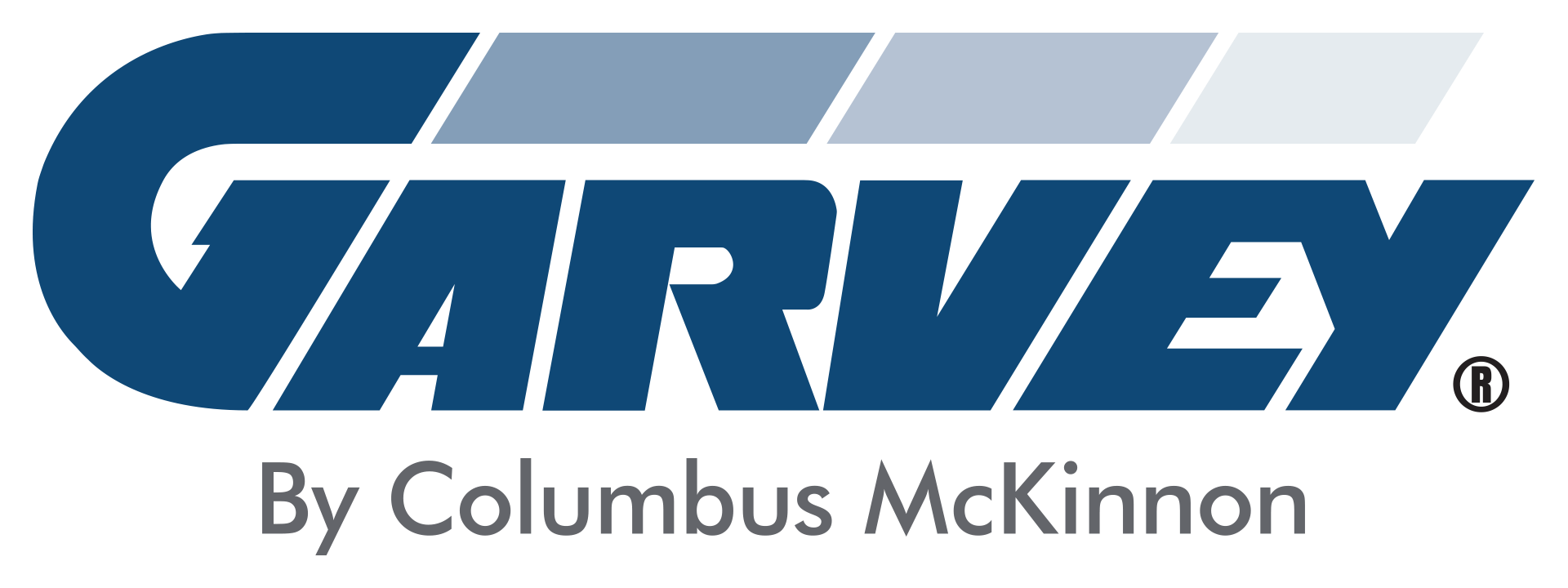As we turn the page to 2024, we have so much to be excited about in the world of manufacturing and packaging. We can’t wait to connect with you at PACK EXPO East and many other industry events throughout the year, and we look forward to helping new and returning customers discover ways to increase their throughout through accumulation.
2023 was a transformative year for Garvey, and we are confident it will continue in 2024. Still, staying current on manufacturing and packaging trends is crucial to knowing where the industry is headed and planning for opportunities and challenges that could impact your line operations. As we look into 2024, here are some trends that could affect production.
Skilled Labor Shortage
Skilled labor recruitment and retention remain ongoing challenges for manufacturers looking to replace retiring staff and add technical skills to their workforce. An estimated 2.1 million manufacturing jobs could go unfilled by 2030, potentially costing the economy $1 trillion in 2030 alone.
Three-quarters of manufacturing executives surveyed in a Deloitte report said attracting and retaining a quality workforce is their primary business challenge. It costs significant resources (time and money) to recruit and train new employees, and high turnover for key roles could cause companies to focus even more on automation to adjust to labor conditions that don’t appear to be improving fast enough.
Companies are also addressing the talent gap by bolstering their digital recruitment efforts to attract a larger talent pool, raising wages and benefits to retain their top performers, setting up retiree mentoring programs to pass knowledge down to the next generation of technicians and operators, and reskilling workers through comprehensive training programs.
Smart Technology and Automation
The push toward smart technology and automation is being driven by market and physical constraints (uncertain labor market, quality concerns, space limitations, inflation) and technological advancements improving precision and speed.
The results have been fruitful for companies investing in automation and Industry 4.0 technologies to enhance operational efficiency, productivity, product quality, and sustainability.
- According to an Aptean survey, respondents said they were yielding, on average, 30% growth compared to those using manual processes.
- Predictive maintenance using real-time data analytic tools has helped companies reduce maintenance costs by up to 40%, decrease downtime by up to 70%, and increase overall equipment effectiveness (OEE) by up to 30%.
Additionally, nearly every manufacturing company is looking closely at AI to supplement human workforces, eliminate manual repetitive tasks, and ensure consistency. In another survey, 96% of manufacturers expected to invest more in AI and machine learning by 2030.
Lingering Supply Chain Disruptions
Although there have been recent improvements in the supply chain, there are still areas of concern as delivery times have yet to reach pre-pandemic levels. Ongoing shortages in electrical, electronic, and semiconductor parts have contributed to supply chain disruptions along with geopolitical events, trade tensions, and more.
Although the recently enacted CHIPS Act will increase semiconductor production in US factories this year, it will be much longer before domestic production will resolve these shortages.
Speaking of domestic production, some companies have increased reshoring efforts to reduce shipping and material costs, tighten quality control, and reduce lead time. Reshoring comes with its challenges, but it shows that manufacturing leaders are looking closely at ways to shorten the supply chain and minimize interruptions they can’t control.
Enhanced Aftermarket Services
Aftermarket services can provide a way for OEMs to increase revenue and customer satisfaction by improving the reliability and performance of their equipment.
At Garvey, we accomplish this through our GAMA program, which includes an annual onsite technician visit and discounted parts and services. In addition to annual maintenance agreements, outcome-based performance contracts and digital remote assistance incorporating AR and virtual reality technologies make up standard aftermarket customer services.
So far, the response to aftermarket services has been excellent, supporting producers and OEMs. In 2022, 71% of industrials were interested in and talked positively about aftermarket services, according to a Deloitte analysis. These services benefit OEMs significantly as they offer 2.5 times greater operating margins than new equipment sales while enabling them to understand their customers’ needs better and prevent costly performance issues that could impact customer confidence and loyalty.
For more information about how these trends could impact your operations, please contact our team. We look forward to helping you stay on the cutting edge of technology and best practices to achieve your business goals for 2024.




